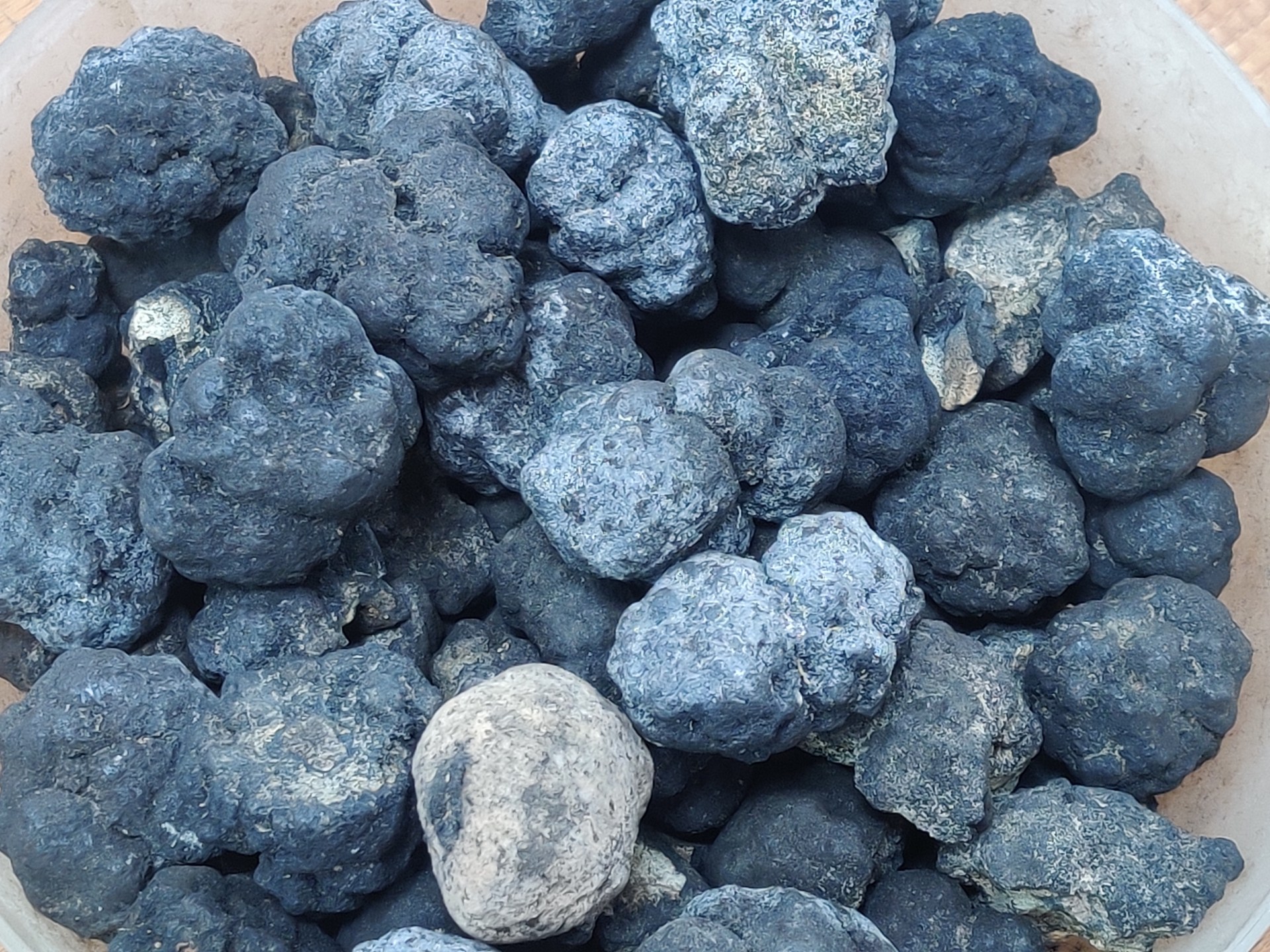For decades, scientists have floated theories about dark matter, which is believed to hold galaxies together by its gravitational pull. The enigma of dark matter continues, and now scientists have discovered what they call dark oxygen on the ocean’s floor.
A recent study published in Nature Geoscience, a journal dedicated to Earth sciences research, shows oxygen emitted from mineral deposits 4,000 meters (about 13,000 feet) below the ocean’s surface on the seafloor of the Pacific Ocean’s Clarion-Clipperton Zone (CCZ). The depth is almost half the length of the tallest peak of Mount Everest.
The study by Andrew Sweetman, professor at the Scottish Association for Marine Science (SAMS) and team lead of the institution’s seafloor ecology and biogeochemistry research group, provides evidence that there’s an additional oxygen source on the planet apart from the oxygen produced from photosynthesis.
Up until now, it has been well understood by scientists that the planet’s only source of oxygen is from photosynthetic organisms like plants and algae that produce oxygen for humans and other animals to breathe.
So what is the significance of this newly found dark oxygen, and what questions does it raise about the origins of life on Earth?
What is dark oxygen?
On the Clarion-Clipperton Zone (CCZ), which spans 4.5 million square kilometres (1.7 million square miles) in the Pacific Ocean, there are coal-like mineral rocks, called polymetallic nodules, which typically contain manganese and iron. Scientists have found that these nodules produce oxygen without the process of photosynthesis.
Minerals that produce oxygen in the darkness of the seafloor could possibly change scientists’ view of how life began on planet Earth.
“The other implication of this research is it potentially sheds light on where life began on the planet. This discovery has shown that, well, maybe there was another source of oxygen a long time ago and aerobic life or life that breathes oxygen could have persisted before the rise of photosynthesis — and if it’s happening on our planet could it be happening on other planets too,” Sweetman stated in a SAMS video.
How did they find the dark oxygen?
The discovery comes more than 10 years after the source of dark oxygen itself was found. The 2013 research mission was aimed at understanding how much oxygen was consumed by organisms on the CCZ seafloor.
Landers, mechanical platforms that can free-fall to the bottom of the seafloor, were sent down 4,000 meters (13,000 feet) to track how oxygen levels in the water decreased over with depth.
However, what researchers discovered was that oxygen levels increased at the ocean bed.
This surprised Sweetman and his team. Until now, scientists believed that the oxygen available in the deep ocean comes from the upper ocean and land, produced by plants, plankton and algae using the process of photosynthesis.
As a result, oxygen levels usually go down as one goes deeper. Not in this case.
Thinking his measuring equipment was faulty, Sweetman got the equipment recalibrated and repeated the experiment several times over many years — with the same results.
Through more experiments over the years, they discovered manganese nodules were the source of oxygen production. They brought these nodules back to the ship for testing and noticed they had an electric charge, the equivalent of an AA battery.
A process known as seawater electrolysis allows a charge to split seawater into hydrogen and oxygen. They observed this in their lab experiments.
What is the significance of the discovery?
Science works on the principles of verification, so these findings will need to be confirmed by other, independent experiments.
But the research by Sweetman and his team suggests that some minerals do produce oxygen while not using sunlight.
“The fact that we’ve got another source of oxygen on the planet other than photosynthesis has consequences and implications that are utterly profound,” Nick Owens, director of SAMS, said.
This discovery also highlights the need to protect environments that self-produce oxygen, according to the researchers behind it.
“To power the green economy we need to extract metals from the ground or potentially the deep ocean,” Sweetman said. “So what we have discovered means that we’re going to have to carefully think about if deep ocean mining goes ahead, where that mining should take place because this oxygen is likely being used in whatever quantity that it’s produced by the ecosystem.”
In addition, the implications of discovering another deep ocean source of oxygen production open the doors to revisiting how life began on Earth.
“The fact that we’ve got another source of oxygen on the planet other than photosynthesis has consequences and implications that are utterly profound,” Owens said.





